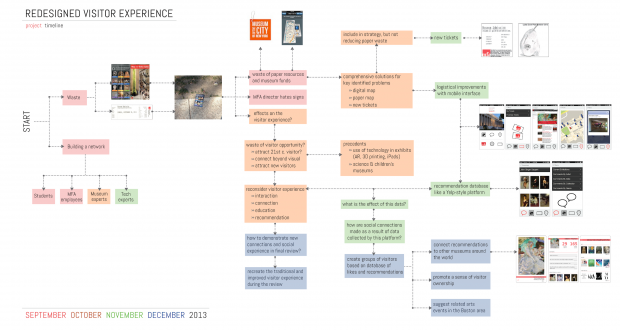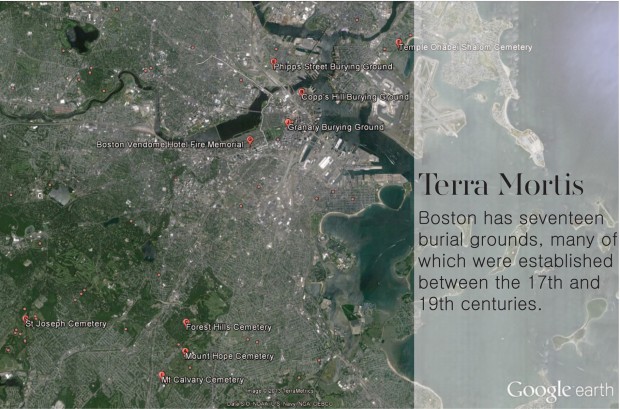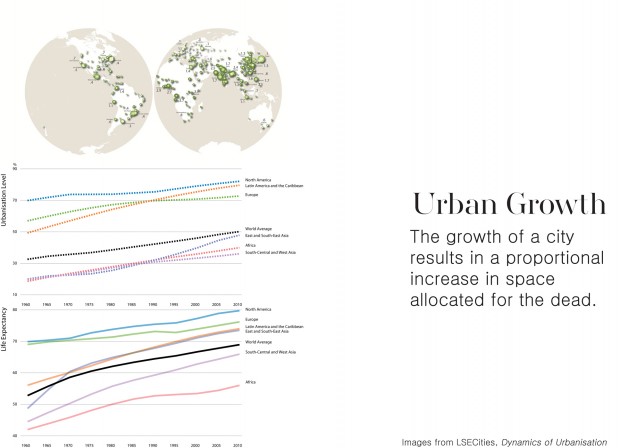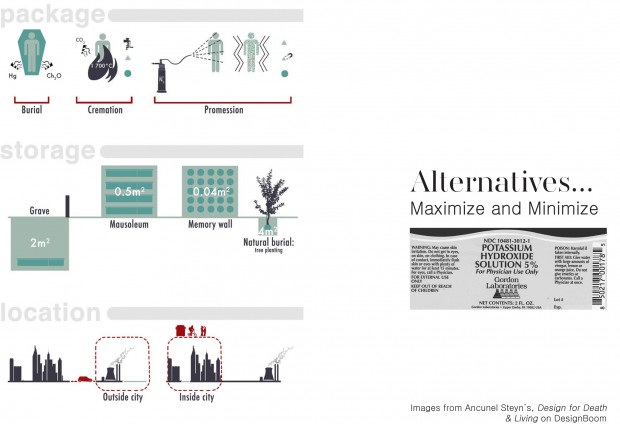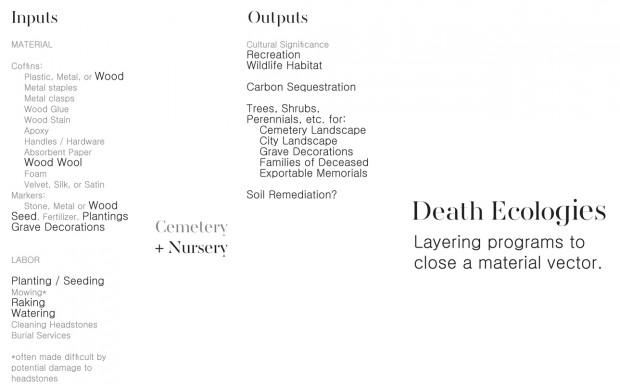Networked Urbanism
design thinking initiatives for a better urban life
apps awareness bahrain bike climate culture Death design digital donations economy education energy extreme Extreme climate funerals georeference GSD Harvard interaction Krystelle mapping market middle east mobility Network networkedurbanism nurra nurraempathy placemaking Public public space resources Responsivedesign social social market Space time time management ucjc visitor void waste water Ziyi
Boston
Temporary location of website: http://malayapapaya.com/bostongives/index.html
Each American throws away 1 million pounds of trash each year. Some of these items thrown away are still in good condition and can be used by someone else. Homeless adults, children, and families rely on nonprofit organizations, such as Red Cross and Cradles to Crayons, to collect and redistribute goods to them, the people who need it most. Some goods are shipped overseas to developing countries who rely on second-hand clothes for livelihoods and inexpensive clothing.
Currently, it is difficult to locate donation bins and centers. There is not one comprehensive source available to search for organizations with goods drop-off locations. People surveyed state they will often take the easy route. When they cannot quickly locate a place to donate their goods, they will throw them away.
When someone has located a donation bin, they might donate all of their goods to the single site, regardless of the type of goods the site will accept. This leads to unsolicited donations. Nonprofit organizations estimate 20% of goods donated are items they cannot use. It uses valuable resources, mainly volunteered hours, to sort the unsolicited goods and either find a new site to donate the goods to, or, in cases when resources cannot be spared, the goods are thrown away.
People surveyed state they would like to donate their goods rather than throw them away. Realizing the problem that it is difficult to find convenient donation bins and centers, Boston Gives, a web platform, was created to map collection sites and connect the community to local nonprofit organizations. It makes it easier for the general public to locate collection sites accepting donated goods.
The map is populated by the public and nonprofit organizations. Anyone can simply fill out a form from the website and a marker will be placed on the map. When a bin is no longer available, another form is available, and when completed, an “X” will appear on the marker, noting the collection bin or center is no longer there. Each marker provides information about the location, the hours collections can be made, and most importantly, the items that are accepted. By informing the donor which goods are accepted, fewer unsolicited donations will be made.
Boston Gives website also provides additional information about donating goods. For people who need to have their goods picked-up due to lack of access to transportation or the size of the good, such as furniture or vehicles, a list of organizations (with contact information) who will pick-up items is available. Organizations can also post drive events so the community is aware of goods that are needed most at the time. To reduce the amount of unsolicited goods, a list of “dos” and “don’ts” educate donors on the accepted condition of items.
Boston Gives can only be beneficial if the public is aware of its existence. To encourage people to spread the word of Boston Gives, the collection map can be shared on Facebook and Twitter by the click of a button. A link is also provided for other websites, such as government or organizations, to embed the map into their site.
Donating used goods conserves natural resources, lessens environmental impacts by reducing waste, and helps those less fortunate. It gives back to community and the planet.
Redesigned Visitor Experience aims to enhance visitor-to-object connections and create visitor-to-visitor experiences within an art museum. The Museum of Fine Arts in Boston, which welcomes nearly 1.5M visitors annually, was the museum of interest throughout this process.
Initially, the focus was on the waste of physical resources of the museum: the paper used to produce thousands of maps and millions of tickets annually, and the funds required to print this collateral. An app to support logistical improvements, including a digital map, access to the museum’s web catalog, and the opportunity to buy tickets from a smartphone, was the first stage of solutions. Many lower-level members of the museum staff were incredibly helpful in providing initial feedback about the current visitor and wayfinding experience. After several dead-ends and false starts, it was necessary to explore another approach to the museum and its relationship with waste. Though helpful, this type of app was not particularly innovative, and led to a consideration of a waste of opportunity in the form of visitor experience. How can museums encourage connection, education, and interaction, beyond design of the exhibitions themselves? How can data analysis play a role in creating new networks that continue to develop outside of a museum?
In contrast to a science museum or a children’s museum, art museums tend to be more conservative and traditional. Artifacts and precious objects are stored behind glass for safety, with only small plaques of information available. Additional Information is relayed primarily visually and unilaterally: directly between the visitor and object. There is little interaction between visitors, unless they arrived in groups together. Visitors can view the same objects without acknowledgement of a relationship between objects and visitors. Arguably, the quiet of museums allows for enjoyment of the arts, and while this is true there is still a sense that another layer of understanding and connection could exist.
Imagine a digital platform that could promote and support these additional connections, while collecting valuable data for the MFA. For example, a visitor sees a painting that she likes. She simply clicks on its image in the RVEx mobile application, and it will pull up some basic information about the work, including artist, title, and date. The images and the details about all of the museum’s works will be populated by the museum’s own directories of its collections.
She can then tap to access the section for visitor participation. She can view other visitor’s comments and suggestions for the painting, and how many people “liked” and people have seen the painting so far. She has the option to leave a comment, or scroll through previous time-stamped comments. This page operates similarly as if the work had a Facebook profile. The app provides visitors with related objects that they can see in the MFA, if they particularly liked this painting.
A visitor profile allows you to save works that you like to a personal gallery, as well as your recent activity. The visitor can remember the name of a work she loved, share it with others, or just keep it on hand for a return trip to the museum. This app can function as digital pocket gallery, and your favorite art can quite literally be at your fingertips. A visitor can also access groups, settings, and recommendations for international museums, local events, and other pieces of art. This app can be used daily by an art lover, or as a digital way to collect a souvenir when on vacation.
What takes the platform beyond a Yelp or Foursquare review-based platform, this app includes groups. The groups are created based on an analysis of data of a visitor’s activities: what they’ve liked and seen. The museum and the art serves as the starting point for creating these kinds of connections that can eventually flourish beyond the physical space. Perhaps most interestingly, the app intends to provide “group based recommendations.” Again on an analysis of data, suggestions are generated for art found in the MFA that may interest members. Next are recommendations for local events, which pushes the network outside of the confines of museum. Finally, the platform suggests international museums that may be of interest. Eventually, these could have their own similar platforms and catalogs, so you can view and save art, and connect with other members from around the world.
Note about the copyright for images of paintings, sculptures, etc. used in frames from the above presentations: I do not own the images and they are the property of the MFA, from www.mfa.org.
Cemeteries are at the center of a growing urban issue – with higher densities of the living we will inevitably face higher densities of the dead. However, while a number of designers and scientists have considered alternatives that either minimize the spatial requirements of human remains, suggest new dispersed, layered, digital or environmentally friendly typologies or combinations thereof, few have looked at the cemetery as part of a larger urban material ecology.
Thought provoking as the alternatives are, they can often inspire less thought and more provocation. The rituals of death are deeply ingrained and culturally significant, therefore, rethinking cemeteries requires designers to allow for traditional modes of mourning. Even if a significant portion of society were to accept the possibility that their bodies will be flash frozen and ground into a compostable powder, we already have a legacy of spatium mortus – land that is sacrosanct and untouchable (at least not without significant cultural and emotional backlash).
In response to this dilemma, I am proposing a layering of programs within cemetery grounds that goes beyond recreational use to turn cemeteries into productive spaces while maintaining respect for cultural norms. In simple terms a cemetery is a single-program urban space with specific material inputs, and no material output. However, that does not always have to be the case. By breaking down the underlying systems of cemeteries, the possibility of closing a material vector emerges.
Seeing as cemeteries are already organized into a field of plots with specialized and complicated maintenance regimes, the addition of a plant nursery is almost intuitive. While the growth of hardwoods necessary to close the container to container loop is a lengthy process, species with shorter growth schedules can be underplanted and either used within the cemetery or exported for profit. All the while the visitors and local ecosystem benefit from the well-studied beneficial effects of urban forests.
An idea for a hypothetical public service announcement regarding composting in Boston. This video was produced by Harvard students Anji Clubb and Scott Leung for the Networked Urbanism studio. It is in no way affiliated with the city of Boston.
One idea for Boston’s unused rooftops
by Jenny Corlett & Anji Clubb
Jennifer Lee Mills & Lydia Scott
